It was in 1914 that the St. Petersburg–Tampa Airboat Line launched the very first regularly scheduled airline and took off to the skies.
Now, people have been using commercial flights to travel across the world for over a century. However, as one YouTube channel revealed, there are some things that even those who fly regularly don’t know. Scroll down to learn all about the secrets that the airlines are reluctant to share with their passengers! And if you still feel like further expanding your knowledge once you’re done, why not check out another similar article of ours?
More info: YouTube
#1
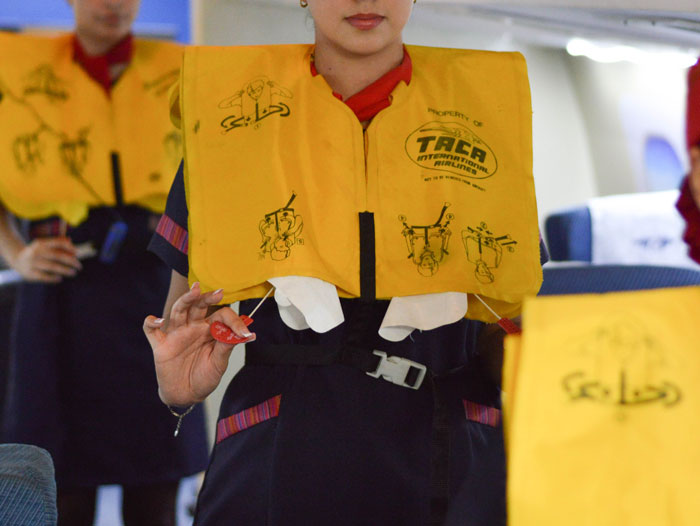
Image credits: Portable Professional (Travel Tips with Megan)
#2
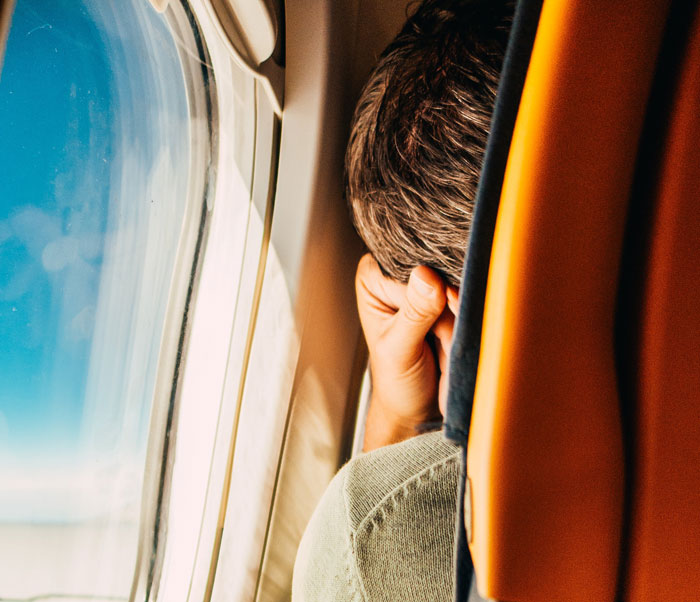
Image credits: Portable Professional (Travel Tips with Megan)
As Bored Panda found out by reaching out to the creator of this content, the face behind the Portable Professional (Travel Tips with Megan) YouTube channel is a seasoned Canadian traveler, Megan Gougeon. “I create weekly videos to empower others to travel with confidence, make the most of every trip, and have a blast doing it,” shares the woman, adding that she has taken well over 300 and worked remotely from 50+ countries in the last decade.
Thanks to spending time in the Air Cadets, airline headquarters, and flight attendant academies, as well as having a pilot sister, Megan’s love for traveling and looking for secrets behind it started early on. “I've always been super curious, and with each flight, I continue to discover little-known facts, tips, and hacks that I can’t wait to share with my community of travelers.”
#3
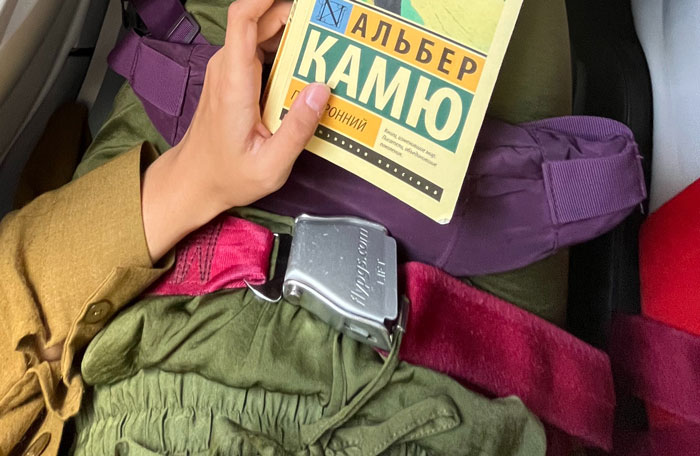
Image credits: Portable Professional (Travel Tips with Megan)
#4

Image credits: Portable Professional (Travel Tips with Megan)
It was at the very end of 2017 that the YouTuber started her channel focused on helping travelers feel confident and capable in all aspects of air travel. “I started Portable Professional on YouTube to help put the FUN back into travel, especially post-COVID,” said Megan, talking about how driven she is to help others minimize stressful downsides and discover the awesomeness of traveling.
Now, almost 6 years later, with the channel having over 100,000 loyal followers accompanied by nearly 17 million total views on her 383 videos, the woman told us that she never expected such success. “It's truly a dream come true to be able to go full-time on YouTube, where I can share my passion for travel and connect with a global community.”
#5

Image credits: Portable Professional (Travel Tips with Megan)
#6
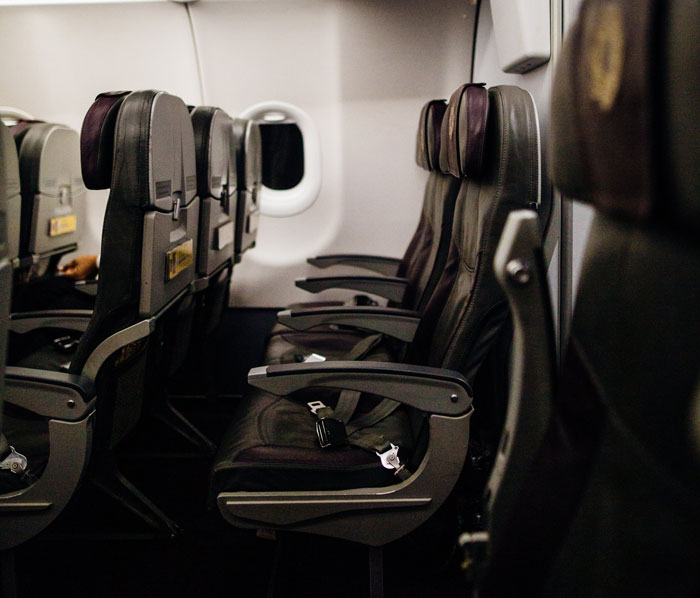
Image credits: Portable Professional (Travel Tips with Megan)
One topic that Megan might not have yet covered is something known as skiplagging. Also known as throwaway or hidden-city ticketing, this decades-old practice operates in a relatively grey area. While it’s not illegal, and some travelers love it, the airlines absolutely despise it and might even ban repeat skiplaggers from using their services.
According to Euronews, the prices of airline tickets are now at an all-time high, and people can’t help but look for cheaper options. One such hack, skiplagging, which has become more and more popular over the last few years, is a risky yet money-saving trick that involves flying with a flight that has a layover in your destination city and ditching the second plane.
It turns out that the tickets to a lot of direct flights with closer destinations are quite a bit more expensive than the ones involving a connection. Choosing the latter option and simply skipping your second flight can save you as much as 20 percent of the price, and sometimes, even more! There’s even a dedicated website called Skiplagged, whose slogan is “Our flights are so cheap, United (Airlines) sued us… but we won.”
#7
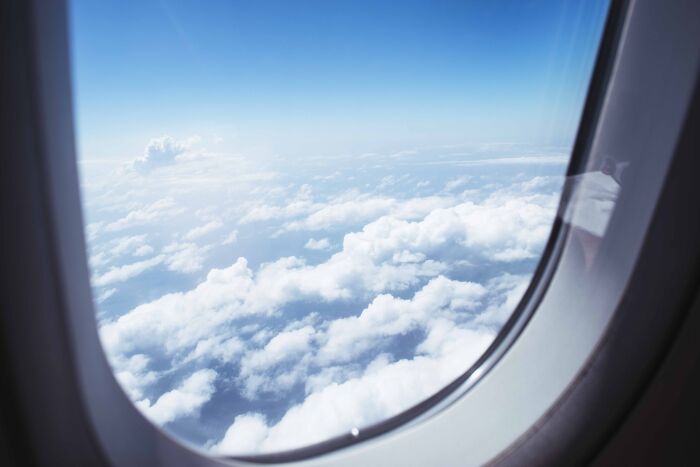
Image credits: Portable Professional (Travel Tips with Megan)
#8
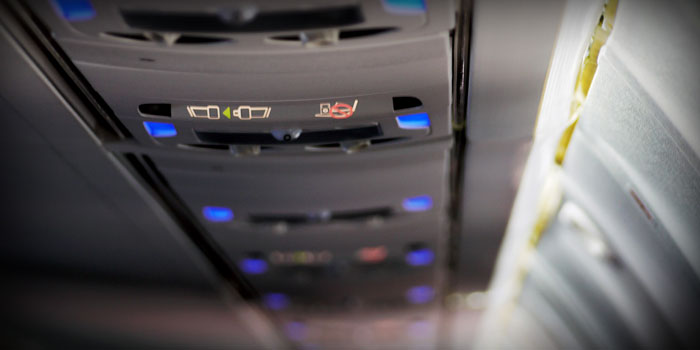
Image credits: Portable Professional (Travel Tips with Megan)
However, just like with most of these sweet-looking hacks, there are some catches. For instance, a round-trip ticket is no longer an option, as the airlines will most likely cancel your return ticket if they realize what you did soon enough.
You can’t bring any luggage that would have to be checked in, as it will most likely end up in the final destination written on your plane ticket. In addition, there’s even a chance that the city you are aiming for might no longer be on the flight plan, as these logistics are quite complicated, and rescheduling and rerouting options are definitely not impossible.
#9
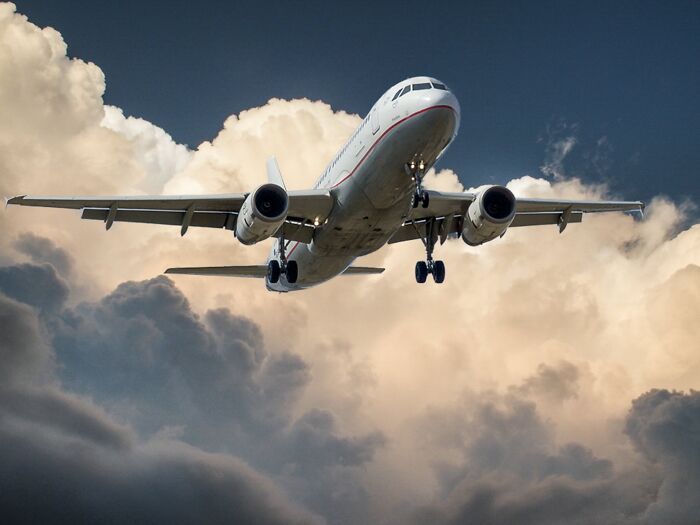
Image credits: Portable Professional (Travel Tips with Megan)
#10

Image credits: Portable Professional (Travel Tips with Megan)
However, while the downsides named above are mostly just inconvenient, there are also some that can cause more severe problems. A good example would be the fact that skiplagging costs money to the airlines, and so they do everything they can to avoid it. According to the article, virtually every airline prohibits this kind of behavior in their terms and conditions of service, with the possible consequences involving anything from canceling loyalty benefits to lawsuits.
Still, skiplagging is technically not illegal. But in the end, the answer to the question “Is it moral?” depends on every person’s own compass. While flights are expensive, and many of us long to travel and still have money left for our other needs, the coronavirus crisis also left the airline companies in quite a tricky financial situation that doesn’t make it easy on them either.
#11
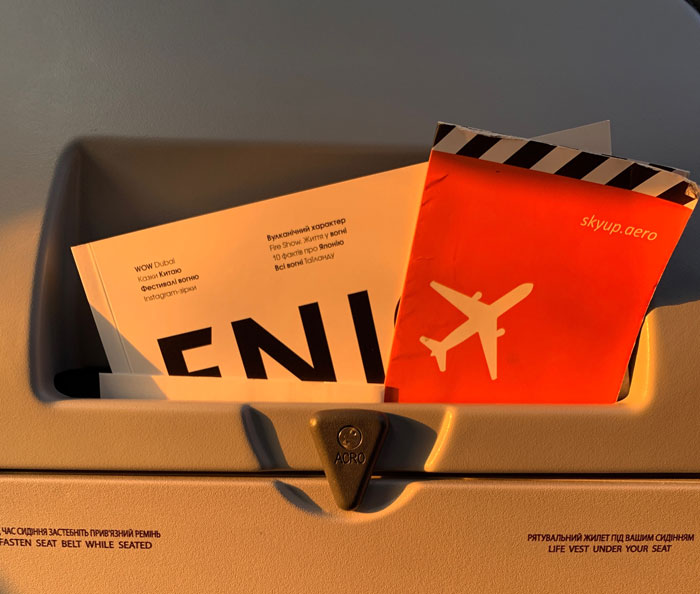
Image credits: Portable Professional (Travel Tips with Megan)
#12
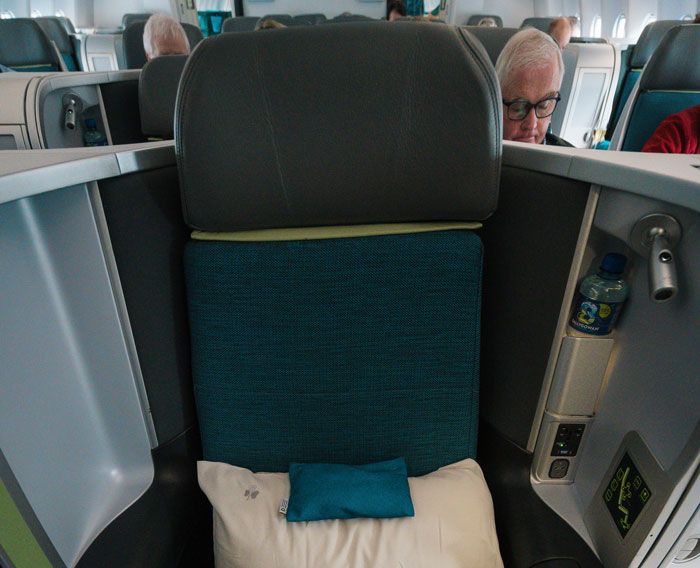
Image credits: Portable Professional (Travel Tips with Megan)
But regardless of which way you choose to reach your traveling destination, as long as it involves flying, these airline secrets revealed in this YouTube video are more than likely to come in handy or, at the very least, make your journey quite a bit more interesting.
How did you like these secrets? Did you know any of them before? Do you know some that weren’t listed? Come to the comment section and share away!
#13
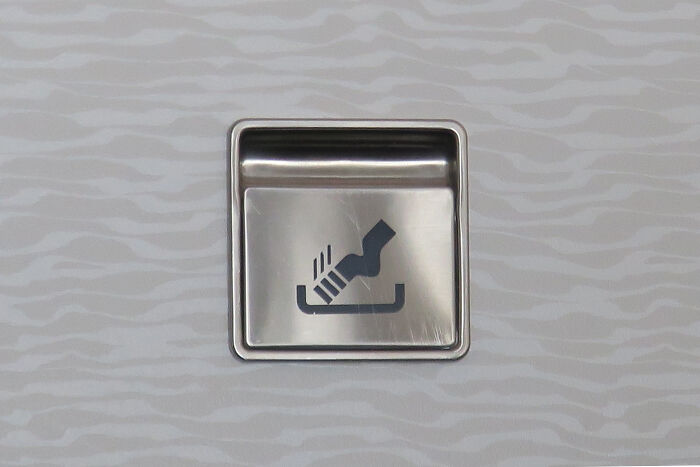
Image credits: Portable Professional (Travel Tips with Megan)
Every seat should have a life vest underneath it. And I say should because sometimes passengers walk off with these, and there is a chance that your seat does not have one. It's always a good idea to have a quick look under your seat before takeoff, and if you can't find a life vest, tell the flight attendant right away. But also be prepared for a delay in takeoff since every plane seat is required to have a life vest by law.It is good to know that common flight routines are actually really important to keeping everyone safe, so you have a little more motivation to follow the rules and to make sure that everyone around you is following the rules. Some of the procedures for takeoff that frequent fliers are all too familiar with include stowing your personal item bag under the seat in front of you, closing the tray table, and opening the window shades. Personal items and electronics are stowed since they could be incredibly dangerous if they end up flying through the cabin in an emergency. An open tray table could block the way if we need to get out fast, and cabin lights are also dimmed to help our eyes get used to the dark, just in case we need to leave the plane in darkness. Passengers also aren't asked to open the window shades so everyone can enjoy the view, but instead, the window shades need to be open so emergency personnel could get a good look inside the plane from the outside in the case of a crash landing.Let's talk about turbulence and the lesser-known but more concerning air pockets that airlines don't want passengers to stress about since they are completely unpredictable. Clear air turbulence, or more commonly known as air pockets, can't be detected on the radar and are much more dangerous than turbulence since they can cause strong updrafts and downdrafts that could throw a passenger or pilot out of their seat. That's why, apart from necessary brakes, pilots will keep their seatbelts buckled through the entire flight.Something else you should wear at all times, especially if leaving your seat, are your shoes. This is another lesser-known airline secret that passengers should be aware of. It goes without saying that using the bathroom in your socks on a plane is pretty gross. Those little droplets on the ground aren't always water. The aisle floors also accumulate germs that are tracked out of the airplane bathroom. So by keeping your shoes on, you're not just avoiding the unpleasantness of bathroom spills, but you're also protecting yourself from a variety of germs that could lead to a variety of foot conditions. Foot conditions you do not want.As for in-flight amenities, you may also want to be cautious of snuggling up in those blankets that are provided to you on most long-haul flights. I only found out recently that the pillows and the blankets are actually reused, and they may only be cleaned for the first flight of the day.Believe it or not, the least comfortable seats on the plane, often found in the middle of the last row at the back of the plane, are, ironically, the seats with the highest survival rates in the event of a crash. Airlines would never tell their passengers that where you sit is going to impact your chances of surviving in an emergency situation. And while trying to upsell you with premium seats, they certainly are not advertising that a middle seat at the back of the plane actually has the highest survival rates if the plane were to crash land. We tend to avoid these seats at the back of the plane since they are not very comfortable and lack the reclining feature. They are also close to the bathrooms. So it's a personal choice whether to compromise on comfort for this potential safety benefit.Something you may have seen and wondered about is the tiny hole in every airplane window. It's a small detail that passengers overlook, and airlines don't talk about, but it plays a big role in keeping us safe and comfortable during the flight. The hole in the airplane window is known as a bleed hole, and it's crucial for regulating cabin pressure to keep the window strong and to stop it from fogging up.You may also want to consider keeping the air vents open. Air blown from the overhead vent is partially filtered, which can help disperse any germs in your immediate airspace. I've also heard that the continuous flow of air could potentially create a barrier around you that could stop germs from settling in your airspace, but I'm not sure how effective that really is.Another way to increase your chances of a safe trip to your destination would be to pay up for a direct flight as opposed to booking multiple connecting flights. Opting for a direct flight isn't just about convenience. It's also a safety consideration that airlines are not telling their passengers about. It's a little freaky to know that most airplane accidents happen on takeoff and landing. So, by choosing a direct flight it means that you only have to go through this risk-prone part of flying one time.You also don't have quite as much privacy as you would think since there's a hidden latch under the lavatory sign on the door that lets someone unlock it from the outside. So, in addition to not smoking, consider that before doing anything questionable in an airplane bathroom. Not the place.Airline crew are also well aware of the high risk for passengers getting sick due to close contact with many people and less than ideal air circulation in the cabin. But they don't often want to share the simple things that you can do to prevent yourself from getting sick since they don't want to draw attention to this downside of flying. Not good for making sales. Flight attendants are the first to admit that planes aren't as clean as you might think. Since the turnaround time between flights is often short and leaves limited time for cleaning. A few things you can do to protect yourself include keeping your hands out of the seat back pockets and off of those in-flight menus and magazines. Seat buckles and tray tables are also notorious for being particularly dirty and should always be wiped down before being used. You may also want to consider a tray table cover since they can protect you from germs and can also be helpful to organize your stuff during a flight.Many passengers also don't know that the seat cushion can also usually detach and be used as a flotation device if needed. It's one of those fun safety features hiding in plain sight, just like the axe and the crossbow that are also hiding in the plane cabin for emergency use.Another unsettling airline feature that you may have never noticed, even if you looked straight at it multiple times, would be the ashtray in the airplane bathroom. Airlines won't tell you that even though smoking is highly illegal on airplanes, some passengers are going to break the rules and smoke anyway. Having a safe place to extinguish a cigarette or joint is essential. Airplane bathrooms also have highly sensitive smoke detectors, and you will be in plenty of trouble if you try to get away with smoking anything on an airplane.




















